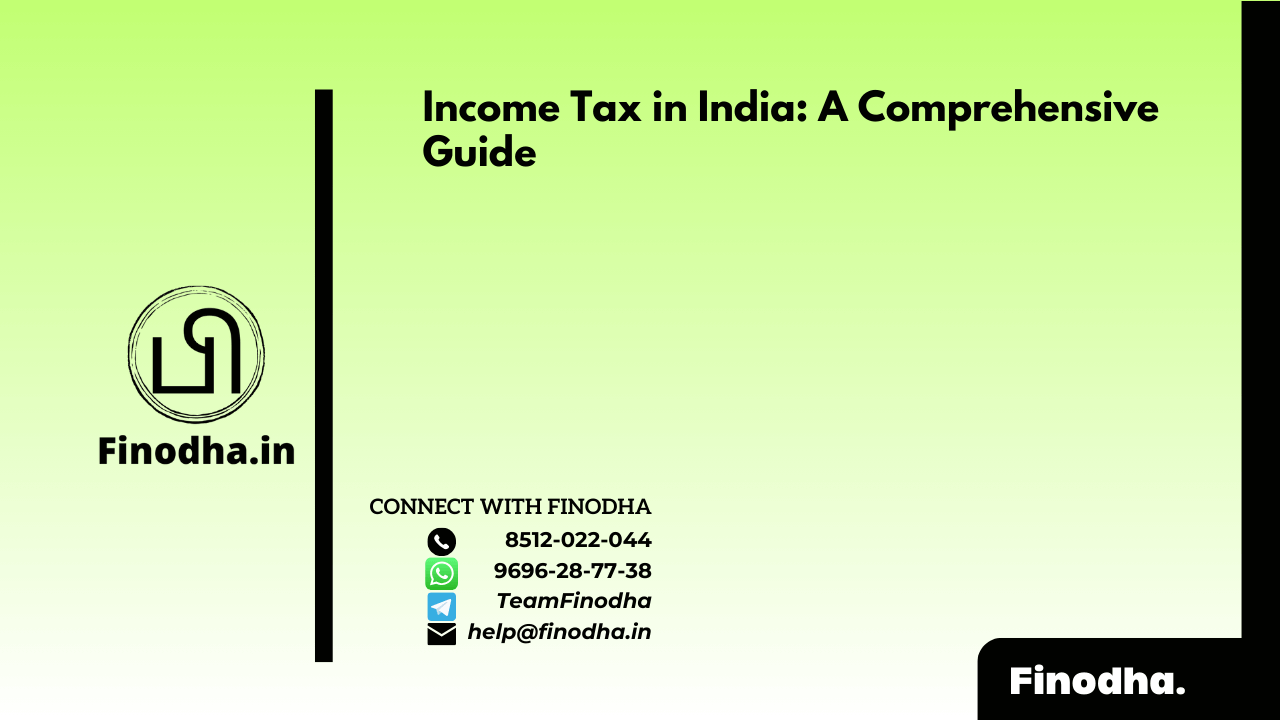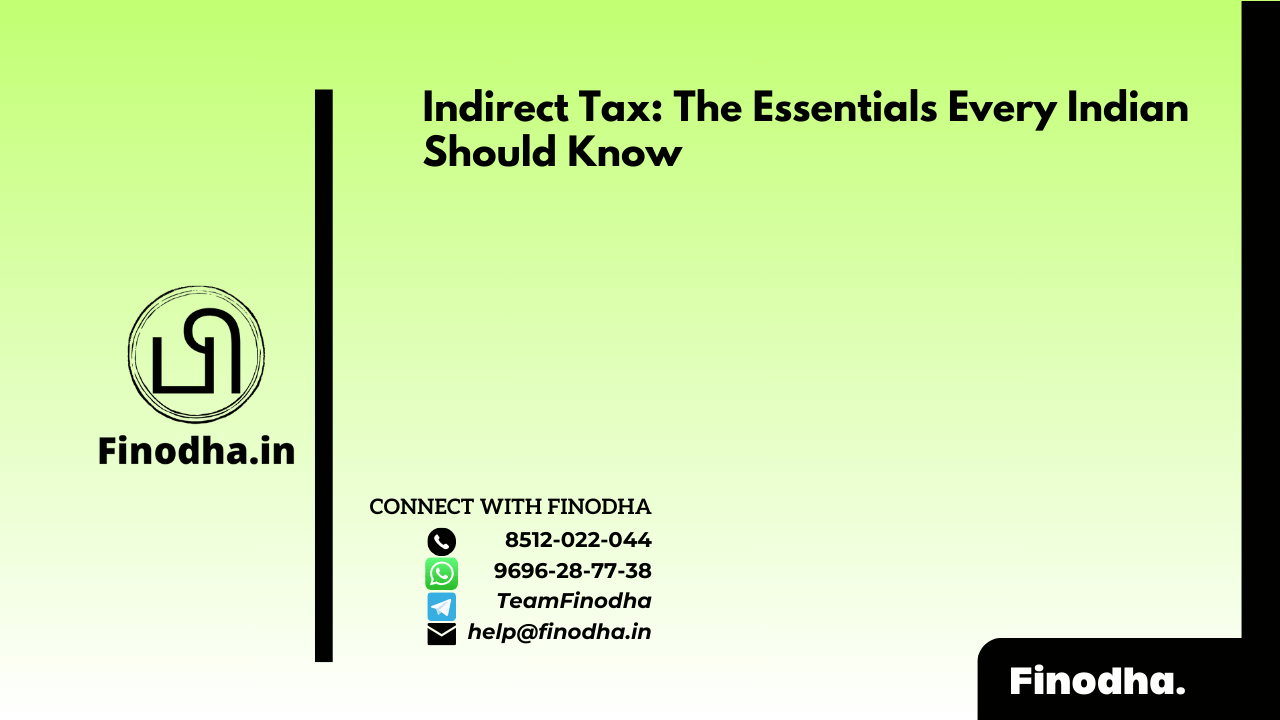Important Keyword: Income from trading, Income Tax
Table of Contents
Income Tax on Intraday Trading
Intraday trading, a common practice in the stock market, involves buying and selling stocks within the same trading day. Unlike traditional investing where stocks are held for longer periods, intraday traders aim to profit from short-term price fluctuations. Since traders do not hold onto stocks beyond the trading day and do not take actual delivery, the income generated from intraday trading is categorized as speculative income under the head of Business and Profession for tax purposes.
Traders engaged in intraday trading are required to file their income tax returns and pay taxes on the profits earned from these trades. This ensures compliance with tax regulations and contributes to the overall transparency and integrity of the financial markets.
Turnover Calculation
In intraday trading, turnover calculation differs from traditional delivery-based trading of shares. Turnover in intraday trading is determined based on the absolute amounts of profits or losses incurred during the trading day.
Turnover = Absolute Profit
Absolute Turnover represents the sum of positive and negative differences. Calculation methods for trading turnover can be either scrip-wise or trade-wise.
To illustrate turnover calculation, let’s consider an example:
Rahul buys 100 shares of PNB at INR 85 and sells them at INR 88 by day’s end. The next day, he buys 200 shares of Tata Steel at INR 500, selling them at INR 450 by day’s end.
Profit from Trade 1 = (88 – 85) * 100 = INR 300 Loss from Trade 2 = (450 – 500) * 200 = INR -10,000 Absolute Profit = 300 + 10000 = INR 10,300 In this case, the turnover for intraday trading is INR 10,300.
Tax Audit Applicability
For intraday trading turnover up to INR 2 Cr:
Tax audit applies if the taxpayer incurs a loss or if the profit is less than 6% of turnover, provided the total income exceeds the basic exemption limit. However, if the profit equals or exceeds 6% of turnover, tax audit is not required.
For intraday trading turnover between INR 2 Cr and INR 10 Cr:
Tax audit applies if there’s a loss or if the profit is less than 6% of turnover. Additionally, if the taxpayer hasn’t opted for Presumptive Taxation Scheme under Section 44AD, tax audit is required. However, if the profit equals or exceeds 6% of turnover and the taxpayer has opted for Presumptive Taxation Scheme, tax audit is not necessary.
For intraday trading turnover exceeding INR 10 Cr:
Tax audit is mandatory if intraday trading turnover surpasses INR 10 Cr.
Income Tax Rules on Intraday Trading
| Income Head | Business Income under head PGBP (Profits & Gains from Business and Profession). Equity Intraday Income or Loss is a speculative business income or loss as per the Income Tax Act. |
| ITR form | ITR-3 (ITR Form for individuals and HUFs having PGBP Income). Since Equity Intraday Income is a business income, the taxpayer must prepare financial statements and file ITR-3. |
| Due Date | 31st July – for traders to whom Tax Audit is not applicable 31st October – for traders to whom Tax Audit is applicable |
Tax Calculation for Intraday Trading
Income Tax on trading income is calculated at prescribed slab rates provided under the Income Tax Act as per the table below.
Slab Rates if Intraday Trader Opts for Old Tax Regime
| Taxable Income (INR) | Tax Rate |
| Up to 2,50,000 | Nil |
| 2,50,001 to 5,00,000 | 5% |
| 5,00,001 to 10,00,000 | 20% |
| More than 10,00,000 | 30% |
Note: Surcharge is liable for the total income as per the prescribed surcharge slab rates. Further, Health and Education Cess is liable at 4% (basic tax + surcharge).
Slab Rates if Intraday Trader Opts for New Tax Regime
| Taxable Income (INR) | Tax Rate |
| Up to 2,50,000 | Nil |
| 2,50,001 to 5,00,000 | 5% |
| 5,00,001 to 7,50,000 | 10% |
| 7,50,001 to 10,00,000 | 15% |
| 10,00,001 to 12,50,000 | 20% |
| 12,50,001 to 15,00,000 | 25% |
| More then 15,00,000 | 30% |
Applicability of Advance Tax
Advance Tax for Intraday Traders who opt for Presumptive Taxation
If an Intraday Trader opts for presumptive taxation under Section 44AD and has intraday profits, they must pay the entire amount of Advance Tax in a single installment on or before 15th March.
New Tax Regime for Intraday Trading
Intraday traders can opt for the new tax regime under Section 115BAC of the Income Tax Act. Under this regime:
Tax liability should be calculated based on the slab rates introduced in the new tax regime. Traders cannot claim Chapter VI-A deductions. Form 10IE must be filed on the income tax website. A trader having business income and opting for the new tax regime has the option to switch back to the old regime. However, if they opt for the new tax regime again, they cannot switch back to the old regime for their entire lifetime.
Carry Forward Loss for Intraday Trading
Loss from intraday trading is considered speculative business loss. In the current year, it can be set off against any other income except salary income. In future years, it can be set off against business income only. The trader can carry forward the loss for the next 8 years.
| Advance Tax Liability | Due Date |
| 15% of Tax Liability | On or before 15th June |
| 45% of Tax Liability | On or before 15th September |
| 75% of Tax Liability | On or before 15th December |
| 100% of Tax Liability | On or before 15th March |
Advance Tax for Intraday Traders who opt for Presumptive Taxation
If an Intraday Trader opts for presumptive taxation under Section 44AD and has intraday profits, they must pay the entire amount of Advance Tax in a single installment on or before 15th March.
New Tax Regime for Intraday Trading
Traders engaged in intraday trading have the option to transition to the new tax regime under Section 115BAC of the Income Tax Act. If they choose this regime, it’s crucial to grasp these key points:
- Tax liability must be computed according to the slab rates specified in the new tax regime.
- Traders cannot avail themselves of Chapter VI-A deductions.
- Any existing business losses cannot be offset against income.
- There’s no provision for carrying forward business losses to subsequent years.
- Form 10IE must be submitted through the income tax website.
- Traders with business income can revert to the old tax regime if they wish, but they forfeit this option permanently upon reverting to the new regime again.
Losses incurred from intraday trading are categorized as speculative business losses. These losses can only be offset against profits from speculative business activities. Furthermore, traders can carry forward these losses for up to 4 years. In future profitable years, these losses can be utilized to reduce tax liability.
Additionally, traders can claim various expenses related to their trading activities, such as Securities Transaction Tax (STT), Goods and Services Tax (GST), transaction charges, as well as expenses like internet and electricity bills incurred during the financial year.
Read More: Income Tax on F&O Trading
Web Stories: Income Tax on F&O Trading
Official Income Tax Return filing website: https://incometaxindia.gov.in/




